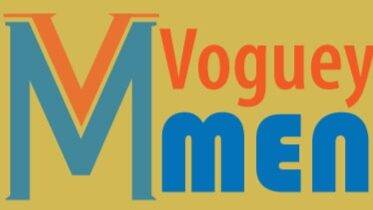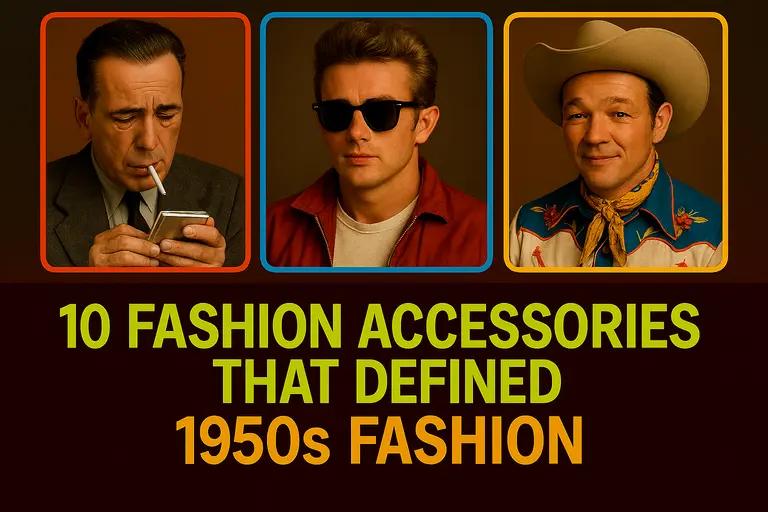The 1950s were a thrilling time in fashion—an era that balanced tradition with rebellion, grace with grit. Postwar optimism gave rise to structured silhouettes and elegant femininity, while new youth cultures like the Greasers, Teddy Boys, and Beatniks began rewriting the rules. For both men and women, accessories weren’t just extras—they were essential markers of identity, status, and style. Whether it was a velvet collar signaling rock-and-roll defiance or a single strand of pearls completing a Dior-inspired look, the right accessory could transform an outfit into a statement. Below is a list of Fashion Accessories of the 1950s that emerged or reached peak popularity in the 1950s, tied directly to the decade’s defining style tribes and cultural icons.
Slim Tie (Ivy League)

Narrow and straight-cut, the slim tie became the defining neckwear of 1950s professionals and Ivy League youth. Its clean silhouette contrasted with the wide wartime ties of the previous decade, signaling modernity and restraint. Usually in silk or wool with stripes, dots, or muted geometric patterns, it harmonized perfectly with the minimalist gray flannel suit. Gregory Peck, in The Man in the Gray Flannel Suit (1956), epitomized this style—controlled, sharp, and effortlessly dignified. Every young professional wanted that same composed edge.
The Cowboy Scarf (Bandana/Wild Rag)

Long before the bolo tie made its mark, the cowboy scarf — known as a bandana or “wild rag” — was the defining Western accessory of the 1950s. Usually silk or cotton, tied at the neck in a loose knot, it combined rugged utility with cinematic flair. Onscreen cowboys like Roy Rogers, Gene Autry, and John Wayne made the look iconic, turning a dust shield into a style statement. By mid-century, the cowboy scarf had crept beyond ranch life, becoming a staple of Western wear and edging into mainstream men’s fashion.
Ribbon Ties and Slim Jim ties with Velvet Collars (Teddy Boys)
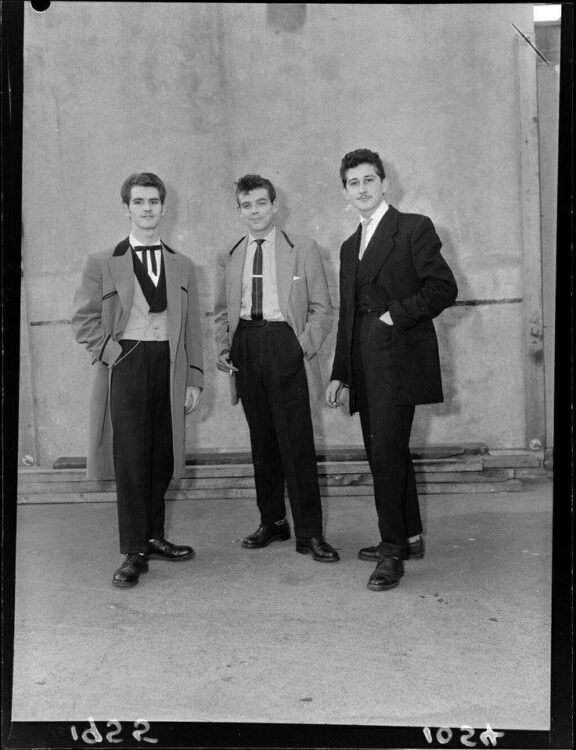
For Teddy Boys in 1950s Britain, accessories were as bold as their attitudes. Slim ribbon or maverick ties(Slim Jim ties) yet rebellious twist. These ties paired perfectly with the long Edwardian-inspired drape coats, complete with velvet collars in rich hues like burgundy or navy. The combination was theatrical, defiant, and unmistakable. Early rock ’n’ roll figures such as Tommy Steele embodied this flamboyant style, making it a symbol of youthful rebellion. image source
Greaser Belts, Chains, and Switchblade Combs (Rebel Style)
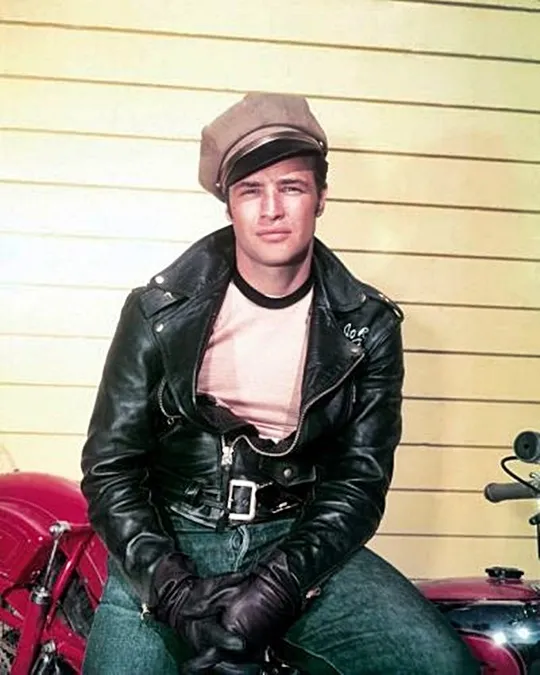
For 1950s Greasers, accessories embodied defiance. Wide leather belts with bold buckles cinched their jeans, adding rugged strength to the silhouette. Some sported chain-secured wallets for utility, but the true icon was the switchblade comb—snapped open with a rebellious flourish to slick back pompadours and ducktails. It wasn’t just grooming, it was performance, a badge of cool on street corners and in jukebox diners. Marlon Brando, glowering in The Wild One (1953), became the blueprint—swagger, leather, and the accessories of pure rebellion.
Beatnik Beret
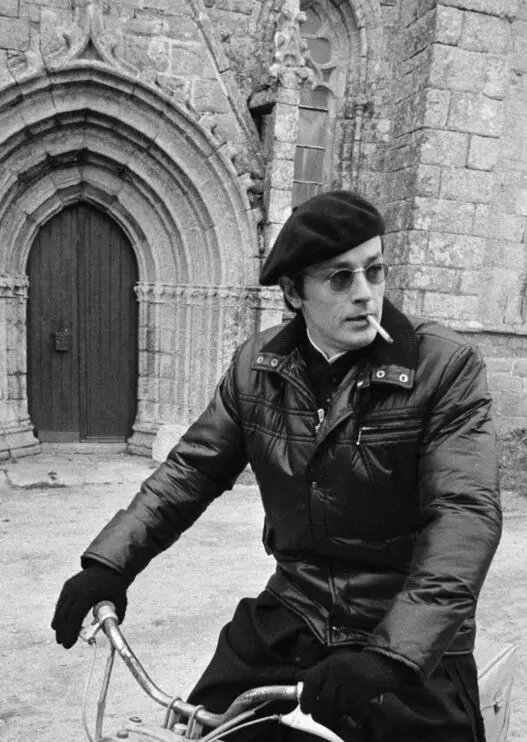
The Beatnik beret became shorthand for bohemian rebellion in the late 1950s. Usually black wool, it was worn tilted for dramatic effect, often with turtlenecks and cigarettes in tow. More than a hat, it was a symbol of intellectual outsiderhood. Though most famous among artists and poets in Parisian cafés and Greenwich Village basements, its influence spread widely. French singer Juliette Gréco, muse to the Beat generation, embodied the look, while young men across Europe adopted the beret as their badge of brooding creativity. The image shows Alain Delon, the French heartthrob and one of the fashion icon of the 60s wearing a beret hat.
Cufflinks with Bold Designs (Ivy League/Formalwear)
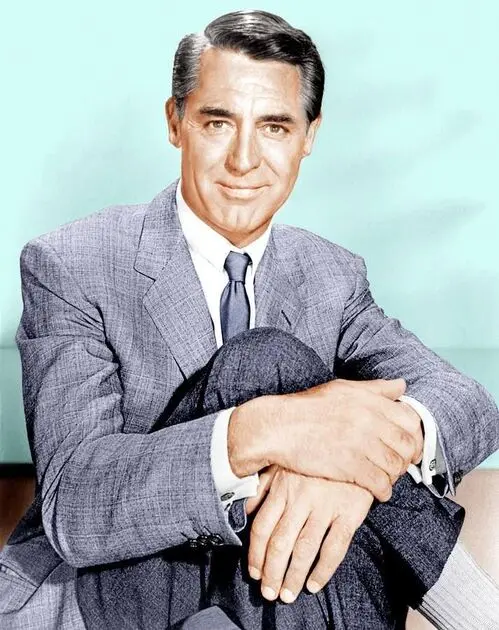
Cufflinks in the 1950s shifted from utilitarian fasteners to miniature statements of style. Monograms, semi-precious stones, and sleek modernist shapes added personality to crisp French-cuff shirts. Formalwear was incomplete without them, and business attire gained polish through their subtle gleam. Cary Grant frequently wore refined cufflinks, complementing his immaculately tailored suits. For the average professional man, cufflinks offered a discreet way to showcase individuality, proving that even in conservative dress codes, elegance could reside in the smallest details.
Argyle Socks (Ivy League Prep)
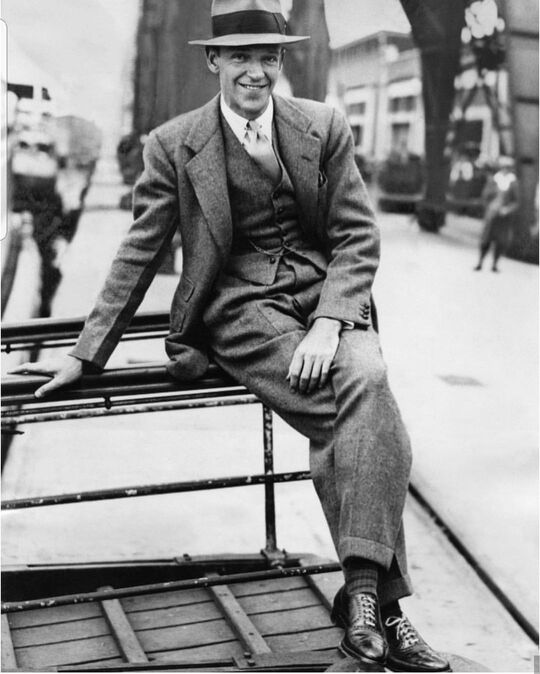
Playful but refined, argyle socks were the under-the-radar accessory that gave 1950s men a chance to show personality beneath their otherwise conservative wardrobes. Featuring diamond checks in muted or contrasting colors, they were popular among Ivy League students and suburban professionals alike. Often glimpsed when seated or stepping out of a Cadillac, argyles broke the monotony of gray suits and polished shoes. Icons like Fred Astaire had long favored patterned socks, but in the 50s, argyles became the quintessential prep flourish.
Wristwatch (Everyman’s Essential)
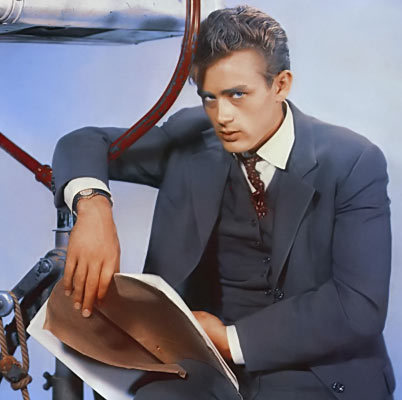
By the 1950s, the wristwatch had shifted from battlefield necessity to everyday fashion essential. Elegant dress watches with leather straps or stainless-steel bracelets became markers of taste and status. Brands like Omega and Rolex dominated, while Hamilton’s futuristic Ventura, famously worn by Elvis Presley, electrified style. Businessmen paired slim watches with suits, while casual dressers favored sporty models. James Dean often wore a simple round watch, underlining its universality. For the modern man, a wristwatch wasn’t just for time—it was a statement of identity.
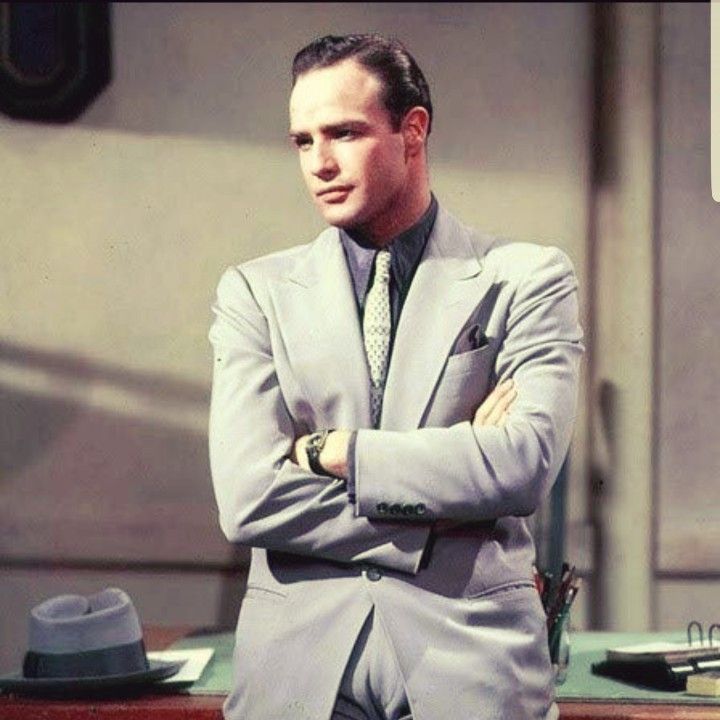
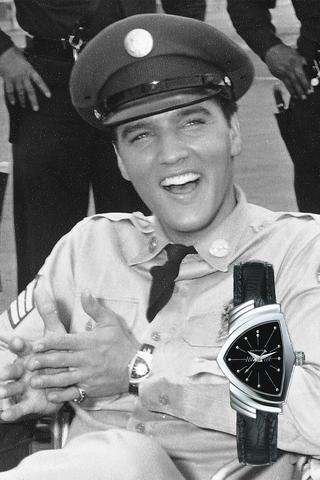
Sunglasses (Rebel Cool)
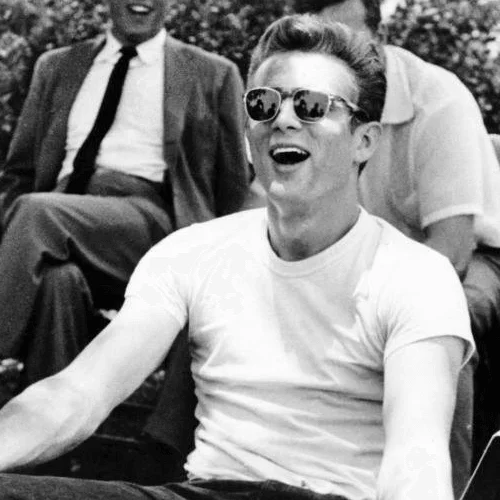
Sunglasses, especially Ray-Ban Wayfarers and aviators, became synonymous with 1950s masculine cool. Offering both utility and allure, they shielded eyes while amplifying mystique. James Dean in his shades defined youthful rebellion, while Marlon Brando’s aviators gave off biker bravado. Even businessmen adopted discreet styles for vacations and weekend drives. Whether perched casually or worn with a scowl, sunglasses turned ordinary men into silhouettes of authority and swagger. By the decade’s end, no accessory had captured the spirit of “cool” quite like them.
Cigarette Case and Lighter (The Coolest Habit)
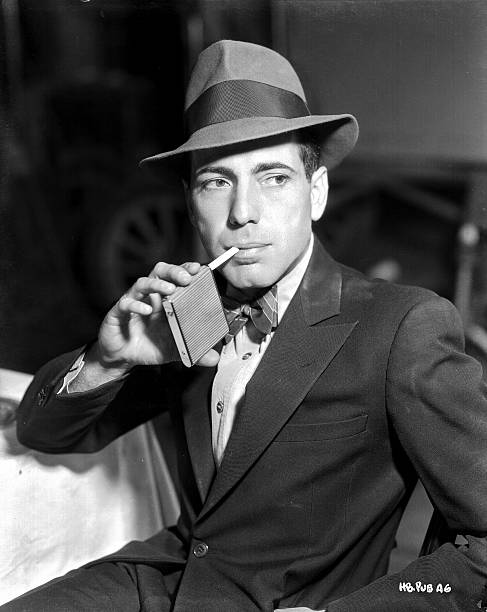
Nothing signified mid-century masculine cool like the cigarette case. Sleek, metallic, and flicked open with practiced ease, it transformed smoking into ritual. Humphrey Bogart, with a cigarette pressed to his lips and case in pocket, turned it into cinema’s most enduring image of nonchalant style. Paired with a gleaming lighter, the case was carried by professionals, playboys, and rebels alike. In offices, bars, or nightclubs, that moment of striking flame wasn’t just habit—it was a performance of sophistication and swagger.
